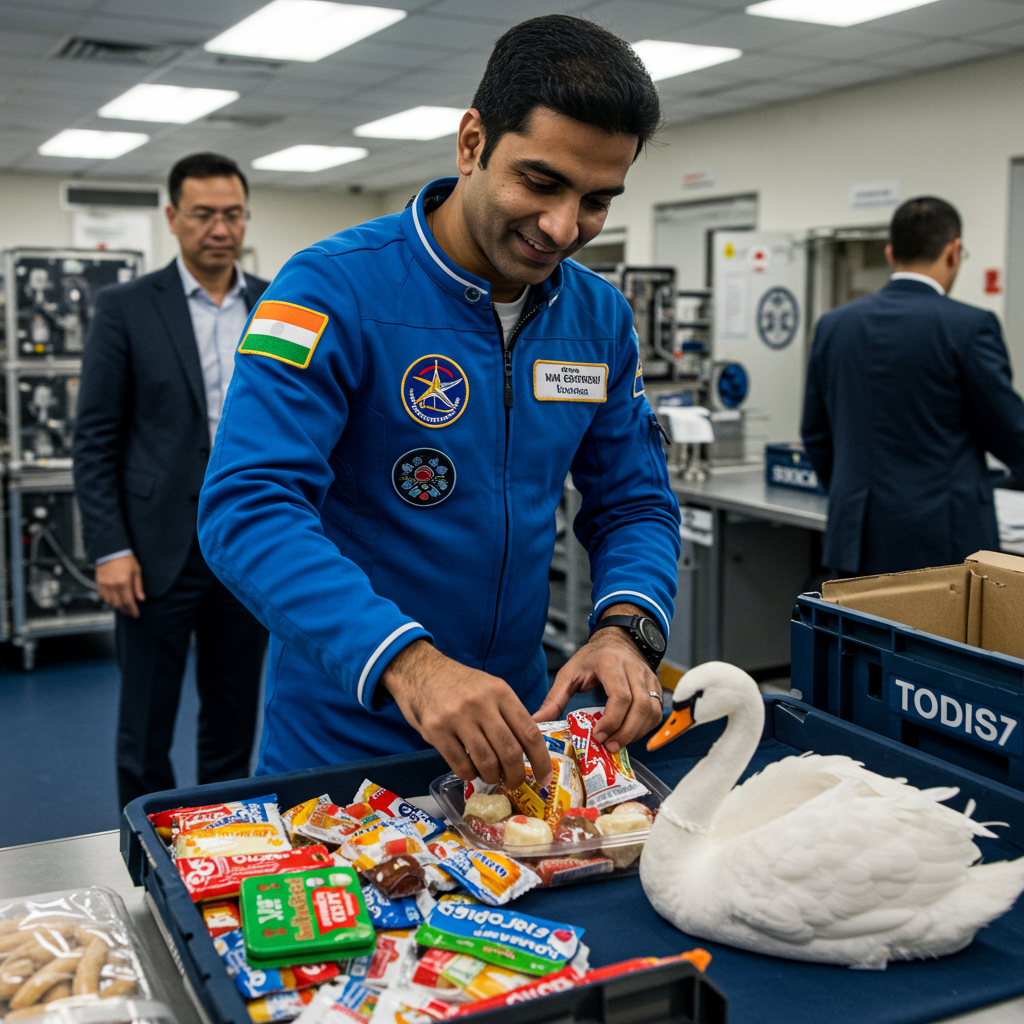Website owners, including major news and publishing houses, are gaining a powerful new tool to control how artificial intelligence (AI) bots access their content. Internet infrastructure giant cloudflare is rolling out an advanced AI bot blocker designed to prevent AI firms from scraping website data without permission. This development is seen as a significant step in addressing the growing tension between content creators and AI companies over the use of online information for training large language models and other AI systems.
For years, a sort of unwritten agreement existed online: publishers allowed search engine crawlers like Googlebot to index their sites. In return, search engines sent valuable traffic back to the publishers. However, the rise of sophisticated AI bots is disrupting this model. These AI crawlers collect vast amounts of text, images, and data. They use this content not primarily to index for search, but to train AI models or generate direct answers. This bypasses the original source, potentially depriving publishers of traffic, engagement, and advertising revenue. It’s a fundamental challenge to the economics of the open web as we know it.
The Growing Challenge of AI Crawlers
The sheer volume of AI bot activity online has exploded. Cloudflare reported over 50 billion AI crawler requests hitting their network daily in March alone. These bots, programs designed to explore and collect data, are essential for AI firms building their systems. However, concerns are mounting that some AI crawlers are increasingly disregarding standard web protocols designed to exclude bots, such as robots.txt files. This disregard for established rules underscores the need for more robust technical measures. Websites need proactive defenses to manage unwanted AI traffic.
The issue isn’t just technical; it’s deeply economic and legal. Content creators across various industries – writers, artists, musicians – have voiced strong objections. They accuse AI firms of using their copyrighted work for training without permission or compensation. This has led to significant disputes and legal challenges on both sides of the Atlantic. In the UK, copyright protection for creators in the age of AI has sparked debate between the government and artists. Major publishers are also taking action. The BBC recently threatened legal action against AI firm Perplexity, demanding they stop using BBC content and pay for past usage. This confrontation highlights the urgent need for clear rules and mechanisms.
Cloudflare’s Solution: Blocking and Monetizing
Cloudflare, which provides services to roughly one-fifth of the internet’s websites, is positioning its new technology as a solution. The system specifically targets crawlers operated by AI firms. It gives website owners the ability to identify and block these bots. Initially, this capability is being automatically applied to new Cloudflare users and sites that previously participated in earlier bot-blocking efforts.
This new tech goes beyond simple blocking. Cloudflare is developing a “Pay Per Crawl” system. This ambitious future feature would offer publishers the option to charge AI companies a fee. This payment would be in exchange for allowing AI bots to access and use their content for training or other purposes. This proposes a new economic framework. It aims to create a “fair value exchange” online. Publishers could potentially monetize content that AI firms previously accessed for free. This vision, according to Cloudflare CEO Matthew Prince, is vital for the internet’s future. He argues publishers deserve control and a new economic model is needed.
Industry Reaction and Broader Implications
The announcement has been met with enthusiasm from some in the publishing industry. Roger Lynch, CEO of Condé Nast (publisher of titles like Vogue, GQ, and The New Yorker), called the move a “game-changer.” He stated it was a critical step towards protecting creators, supporting quality journalism, and holding AI companies accountable. Publishers are generally happy allowing search engine bots access. Search engines drive traffic. AI bots, however, often consume content without sending visitors back.
However, the technical solution offered by Cloudflare is only one piece of a much larger puzzle. Legal and regulatory challenges persist. Experts like Ed Newton-Rex, founder of Fairly Trained, which certifies AI companies using licensed data, see Cloudflare’s tech as a “sticking plaster.” While welcome, he argues it’s insufficient on its own. Protection is limited to websites using Cloudflare’s service. True protection against unauthorized use, he contends, ultimately requires stronger legal frameworks. Filmmaker and campaigner Baroness Beeban Kidron praised Cloudflare’s leadership. She emphasized the need for AI companies to contribute fairly to the digital ecosystem. This includes potentially paying for content used to build their products.
Regulatory bodies are also scrutinizing how large tech companies, including Google, use online content. The UK’s Competition and Markets Authority (CMA) is examining Google’s search dominance. Concerns include how publishers’ content is utilized, particularly in AI-generated responses. The CMA is considering requiring Google to give publishers more control over their content’s appearance and use in AI features. This regulatory pressure, combined with technical solutions and legal battles, paints a picture of a multi-front effort to define the rules for AI in the digital content landscape. The rise of sophisticated AI agents capable of complex tasks like online shopping, as seen with early examples like Perplexity’s shopping agent, further highlights the evolving challenge of managing automated access to web content. These agents often rely on accessing and interpreting website data, sometimes needing to bypass standard bot detection, underscoring the arms race between AI capabilities and website defenses.
Cloudflare’s new bot blocker represents a significant technological empowerment for website owners. It gives them the control to manage AI crawler access. It also introduces the potential for a new monetization channel through “Pay Per Crawl.” While not a complete solution to the complex issues of copyright, compensation, and fair use in the AI era, it provides a concrete tool. This tool allows publishers and creators to assert more authority over their valuable online content. It’s a crucial development in shaping the future relationship between the open web and increasingly powerful AI systems.
Frequently Asked Questions
What is Cloudflare’s new AI bot blocker and why is it needed?
Cloudflare’s new system is a technology that allows website owners to identify and block artificial intelligence (AI) bots, also known as crawlers, from accessing their site content without permission. It’s needed because many AI firms use these bots to scrape vast amounts of data from websites to train their AI models or generate direct answers, often without compensating publishers or driving traffic back to the original source. This undermines traditional web economics for content creators.
Which websites are getting this AI bot blocking capability from Cloudflare?
Cloudflare is initially rolling out the AI bot blocking capability by default to new users of their services. It is also being applied to existing websites that previously participated in Cloudflare’s earlier efforts to block unwanted crawlers. Many prominent websites already use Cloudflare, including major news outlets like Sky News and The Associated Press, as well as publishers such as Buzzfeed and Condé Nast titles like Vogue and GQ.
How does Cloudflare’s system aim to change the economics of content scraping by AI firms?
Beyond blocking, Cloudflare is developing a “Pay Per Crawl” system. This would give website owners the option to request payment from AI companies in exchange for allowing their bots to access and use the site’s content. This aims to create a new economic model where content creators can potentially monetize the value of their data that AI firms rely on, moving towards a “fair value exchange” on the internet.


